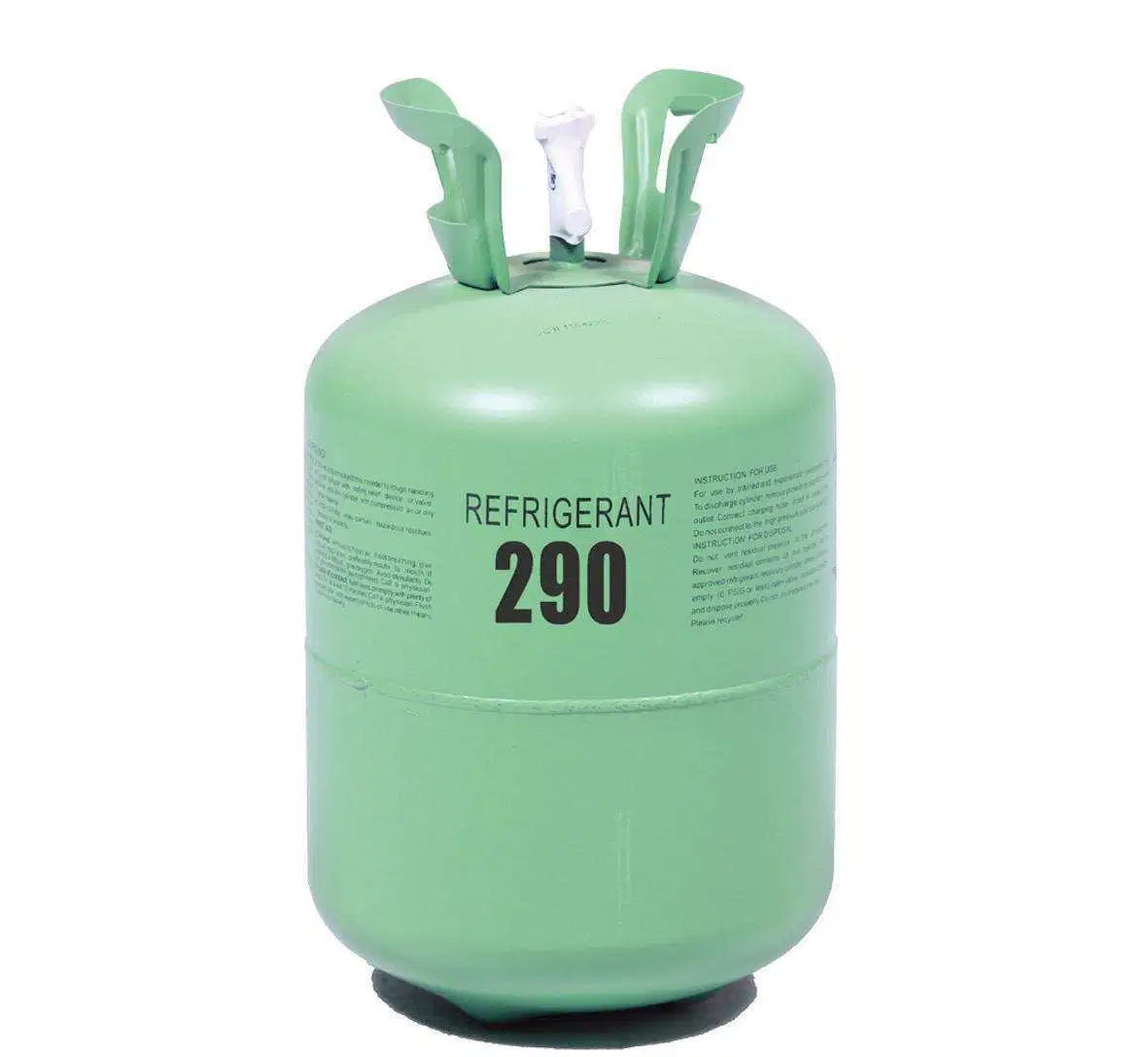Welcome to another detailed exploration on TheKitchenApplianceDad.com, where today we’re diving deep into the world of refrigerants, specifically R290. With environmental concerns at the forefront of appliance manufacturing and usage, understanding the types of refrigerants in our daily appliances becomes crucial. R290, or propane, is gaining attention for its eco-friendly properties in refrigeration and air conditioning systems. Let’s explore what R290 is, its benefits, and why it’s considered a superior choice in the realm of refrigerants.
What is R290 Refrigerant?
R290, commonly known as propane, is a natural hydrocarbon (HC) used increasingly as a refrigerant in air conditioners, refrigerators, and freezers. Unlike traditional refrigerants like R22 or HFCs (hydrofluorocarbons), R290 has a significantly lower environmental impact. Its global warming potential (GWP) is a mere 3 compared to values in the thousands for many conventional refrigerants.
Historical Context and Usage
Historically, refrigerants such as R12 and R22 were widely used in various appliances. However, due to their high ozone-depleting potential (ODP) and substantial GWP, there has been a shift towards more sustainable options. R290 entered the scene as a promising alternative, offering both efficiency and a lower environmental footprint.

Benefits of R290 Refrigerant
The shift towards R290 comes with numerous advantages, both environmental and operational:
Environmental Benefits
- Low Global Warming Potential: As mentioned, R290 has a GWP of only 3, which is drastically lower than that of HFCs. This makes it an excellent choice in the fight against climate change.
- Zero Ozone Depletion: R290 does not contribute to ozone layer depletion, making it a sustainable choice for current and future generations.
Efficiency and Performance
- High Energy Efficiency: Appliances using R290 are generally more energy-efficient, which can lead to lower electricity bills and reduced energy consumption.
- Effective Performance: R290 is known for its excellent thermodynamic properties, ensuring that appliances cool more quickly and maintain consistent temperatures.
Safety and Cost
- Safety Considerations: While R290 is flammable, safety measures and modern technological advancements have made its use in household and commercial appliances increasingly safe.
- Cost-Effective: R290 is less expensive than many synthetic refrigerants, making it a cost-effective solution for manufacturers and consumers alike.
Applications of R290
R290 is versatile and can be used in a variety of cooling systems. Here are some common applications:
- Domestic Refrigerators and Freezers
- Commercial Refrigeration Systems
- Air Conditioning Units
- Portable Air Conditioners
Manufacturers like Bosch, LG, and Whirlpool have already started integrating R290 into their product lines, acknowledging its benefits over traditional refrigerants.
R290 vs. Other Refrigerants
To provide a clearer perspective, here’s how R290 stands against some traditional and modern refrigerants:
R290 vs. R22
- Environmental Impact: R22 has a GWP of about 1810 and an ODP of 0.055, making R290 a much more environmentally friendly option.
- Performance: Both offer comparable performance, but R290 edges out with better energy efficiency.
R290 vs. HFCs (e.g., R410A)
- GWP: HFCs like R410A have GWPs around 2088, starkly higher than that of R290.
- Regulatory: Many countries are phasing out HFCs due to their environmental impact, making R290 a future-proof choice.
Challenges and Limitations
Despite its many benefits, the adoption of R290 is not without challenges:
- Flammability: The main concern with R290 is its flammability, which requires careful handling and specific safety measures during installation and maintenance.
- Regulatory and Standardization Issues: Different countries have varying regulations regarding the use of flammable refrigerants, which can hinder widespread adoption.
Future Prospects
Given its environmental credentials and performance efficiency, R290 is likely to see increased adoption globally. As regulations against high-GWP refrigerants tighten, the demand for alternatives like R290 is expected to grow, particularly in countries committed to environmental sustainability.
Key Takeaways
- R290 is Propane: Used as a refrigerant, offers low GWP and zero ODP.
- Eco-Friendly: It has a significantly lower impact on global warming compared to traditional refrigerants.
- Highly Efficient: Ensures better energy efficiency and cooling performance.
- Cost-Effective: Cheaper than many synthetic refrigerants and reduces operational costs.
- Safety Measures Are Crucial: Due to its flammability, appropriate safety protocols are necessary.
- Growing Adoption: With increasing environmental regulations, R290’s use in appliances is likelyto expand.
Thank you for joining us on this deep dive into R290 refrigerant at TheKitchenApplianceDad.com. As we continue to advocate for sustainable living through better appliance choices, understanding and utilizing eco-friendly options like R290 becomes not just a preference, but a necessity for a healthier planet. Stay tuned for more insights and guides on making your home and kitchen both efficient and environmentally friendly!


